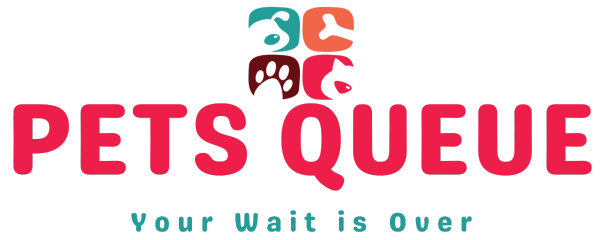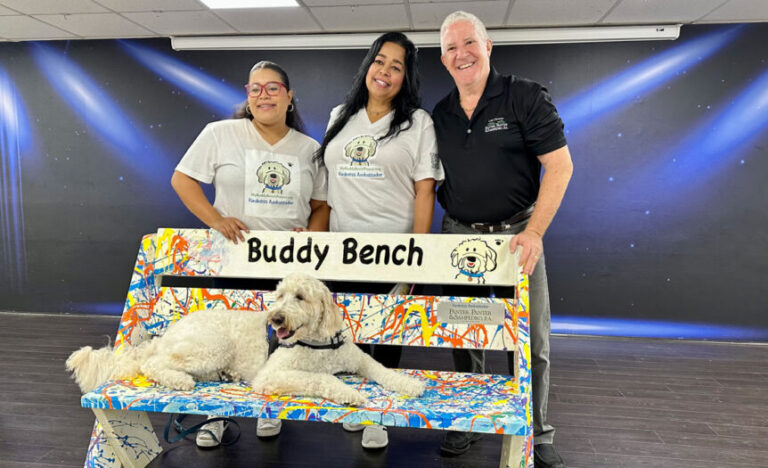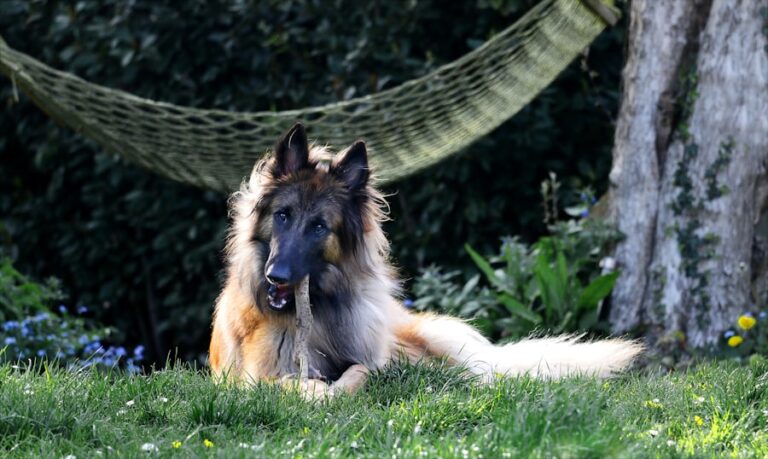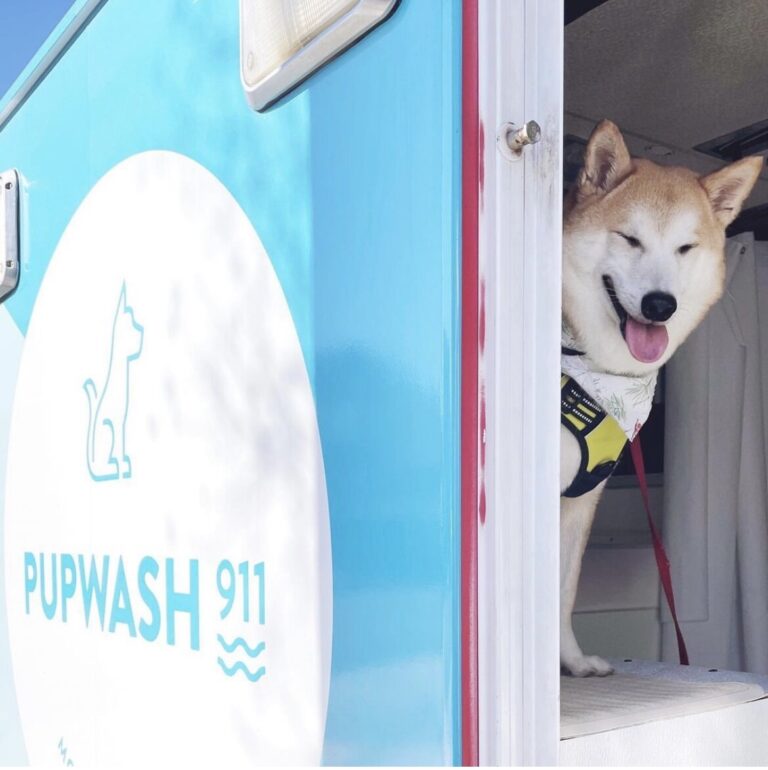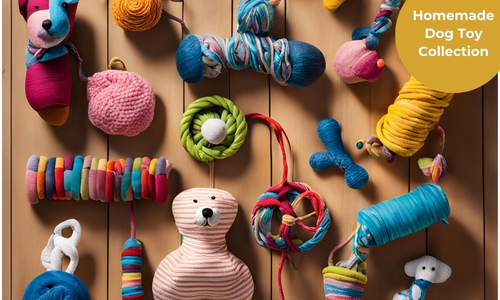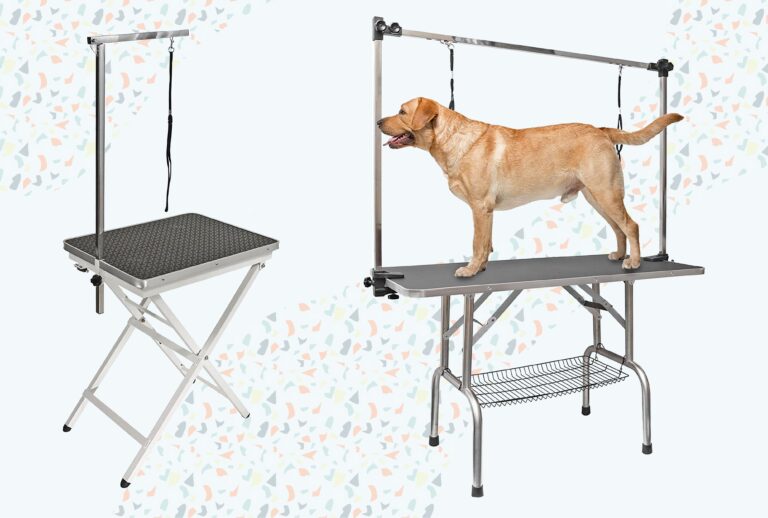Grooming Tips for Curly-Haired Dogs
Understanding your dog’s coat is essential for proper grooming. Different breeds have different types of coats, such as double coats, curly coats, wiry coats, and smooth coats. Each type of coat requires specific grooming techniques and tools. Double coats, for example, have a soft undercoat and a coarser topcoat, which means they need regular brushing to prevent matting. Curly coats, on the other hand, require frequent detangling and moisturizing to keep the curls looking their best. Wiry coats need regular trimming to maintain their shape, while smooth coats benefit from regular brushing to remove loose hair and distribute natural oils.
It’s also important to consider your dog’s individual needs when it comes to grooming. Some dogs have sensitive skin that requires gentle grooming products, while others may have specific areas that are prone to matting and tangles. By understanding your dog’s coat type and individual needs, you can tailor your grooming routine to keep their coat healthy and looking its best.
Key Takeaways
- Understanding your dog’s coat is important for proper grooming
- Regular brushing and detangling can prevent matting and tangles
- Use appropriate bathing and drying techniques for your dog’s coat type
- Invest in the right trimming and grooming tools for your dog’s specific needs
- Prevent matting and tangles by keeping your dog’s coat clean and well-maintained
- Maintain healthy skin and coat by providing proper nutrition and regular grooming
- Consider professional grooming for difficult or specialized grooming needs
Brushing and Detangling
Brushing and detangling are essential parts of maintaining your dog’s coat. Regular brushing helps remove loose hair, dirt, and debris, as well as distribute natural oils throughout the coat. For dogs with double coats, a combination of a slicker brush and an undercoat rake can help remove loose fur and prevent matting. Curly-coated dogs benefit from a wide-toothed comb to detangle their curls and prevent mats from forming. Wiry-coated dogs may require a stripping comb to remove dead hair and maintain their coat’s texture, while smooth-coated dogs can benefit from a bristle brush to remove loose hair and distribute oils.
When detangling your dog’s coat, it’s important to be gentle and patient. Start at the ends of the hair and work your way up to the roots, using a detangling spray if necessary. For stubborn tangles, it may be necessary to carefully cut them out with scissors to prevent discomfort for your dog. Regular brushing and detangling not only keep your dog looking their best but also help prevent painful mats from forming in their coat.
Bathing and Drying Techniques
Bathing and drying your dog is an important part of their grooming routine. The frequency of baths will depend on your dog’s breed, activity level, and skin condition. Some dogs may only need a bath every few months, while others may require more frequent bathing to keep their coat clean and healthy. When bathing your dog, it’s important to use a gentle shampoo specifically formulated for dogs to avoid drying out their skin. Be sure to thoroughly rinse out all the shampoo to prevent irritation.
After bathing, it’s important to dry your dog thoroughly to prevent matting and skin issues. Use a clean towel to gently pat your dog dry, being careful not to rub too vigorously, which can cause tangles and mats. If your dog has a long or thick coat, you may also want to use a blow dryer on a low heat setting to ensure they are completely dry. Be sure to brush your dog’s coat as they dry to prevent tangles and mats from forming.
Trimming and Grooming Tools
| Tool Type | Usage | Material | Price Range |
|---|---|---|---|
| Scissors | Trimming hair, cutting nails | Stainless steel | 5 – 20 |
| Clippers | Trimming hair, shaving | Plastic, metal | 20 – 100 |
| Razors | Shaving, shaping | Stainless steel, plastic | 3 – 15 |
Trimming your dog’s coat is an important part of maintaining their appearance and overall health. Different breeds require different types of trimming, whether it’s regular haircuts, shaping the coat, or trimming around the eyes, ears, and paws. It’s important to use the right grooming tools for trimming, such as scissors, clippers, and thinning shears. For dogs with wiry or curly coats, hand-stripping may be necessary to maintain the texture of their coat.
When using grooming tools, it’s important to be cautious and patient. Always use sharp scissors or clippers to prevent pulling or discomfort for your dog. If you’re unsure about how to trim your dog’s coat, consider seeking the help of a professional groomer who can provide guidance and demonstrate proper techniques.
Preventing Matting and Tangles
Preventing matting and tangles in your dog’s coat is essential for their comfort and overall health. Regular brushing and detangling are key components of preventing mats from forming. In addition to regular grooming, there are other steps you can take to prevent matting and tangles in your dog’s coat. For example, keeping your dog’s coat at a manageable length can help prevent mats from forming, especially in areas prone to tangling such as behind the ears and under the legs.
Regular maintenance of your dog’s coat is also important for preventing mats and tangles. This includes keeping their coat clean and free of debris, as well as trimming any long or overgrown hair that is prone to tangling. Additionally, using a leave-in conditioner or detangling spray can help keep your dog’s coat smooth and manageable between grooming sessions.
Maintaining Healthy Skin and Coat

Maintaining healthy skin and coat is essential for your dog’s overall well-being. In addition to regular grooming, there are other steps you can take to promote healthy skin and coat for your dog. Providing a balanced diet with essential fatty acids can help support healthy skin and a shiny coat. Regular exercise also promotes good circulation, which can contribute to healthy skin and coat.
Regular visits to the veterinarian can also help ensure that your dog’s skin and coat are in good condition. Your vet can provide guidance on any skin or coat issues your dog may be experiencing and recommend appropriate treatments or grooming products. By taking a proactive approach to maintaining your dog’s skin and coat health, you can help prevent issues such as dry skin, dandruff, and excessive shedding.
Professional Grooming Considerations
While regular at-home grooming is important for maintaining your dog’s coat, there are times when professional grooming may be necessary or beneficial. Professional groomers have the expertise and tools to provide thorough grooming services that go beyond what can be achieved at home. This may include breed-specific haircuts, hand-stripping for wiry-coated breeds, or specialized treatments for skin and coat issues.
Professional groomers also have experience working with different breeds and coat types, so they can provide tailored grooming services based on your dog’s individual needs. Additionally, professional groomers are trained to handle dogs with care and patience, which can be especially beneficial for dogs who are anxious or resistant to grooming at home.
When choosing a professional groomer for your dog, it’s important to do your research and find a reputable groomer with experience working with your dog’s breed. You may also want to schedule a consultation with the groomer before booking an appointment to discuss your dog’s specific grooming needs and any concerns you may have.
In conclusion, understanding your dog’s coat type and individual needs is essential for maintaining their overall health and appearance. Regular brushing, bathing, trimming, and detangling are important components of a comprehensive grooming routine. By taking proactive steps to prevent matting and tangles and promote healthy skin and coat, you can help ensure that your dog looks and feels their best. Professional grooming services can also provide additional support for maintaining your dog’s coat in top condition. With proper care and attention, you can help keep your dog’s coat healthy, shiny, and free of mats and tangles for years to come.
If you’re wondering about the importance of dog grooming, you’ll find some valuable insights in the article “Why Dog Grooming Is Important” on PetsQueue. This article discusses the benefits of regular grooming for your furry friend’s health and well-being. It’s essential to understand the significance of proper grooming practices, especially for curly-haired dogs. For more in-depth information on mobile dog grooming, including frequently asked questions and specific certifications or training for groomers, check out PetsQueue’s comprehensive resources on the topic. (source)
FAQs
What are some common curly-haired dog breeds?
Some common curly-haired dog breeds include Poodles, Bichon Frises, Portuguese Water Dogs, and Irish Water Spaniels.
How often should I groom a curly-haired dog?
Curly-haired dogs should be groomed regularly, with brushing at least a few times a week and professional grooming every 4-6 weeks.
What tools do I need to groom a curly-haired dog?
You will need a slicker brush, a metal comb, grooming scissors, and possibly a detangling spray or conditioner for grooming a curly-haired dog.
How should I bathe a curly-haired dog?
When bathing a curly-haired dog, use a moisturizing shampoo and conditioner specifically designed for curly coats. Be sure to thoroughly rinse out all the products to prevent matting.
How should I trim a curly-haired dog’s coat?
When trimming a curly-haired dog’s coat, it’s important to work with the natural curl pattern and avoid cutting too much length. It’s best to leave trimming to a professional groomer to avoid any mistakes.
